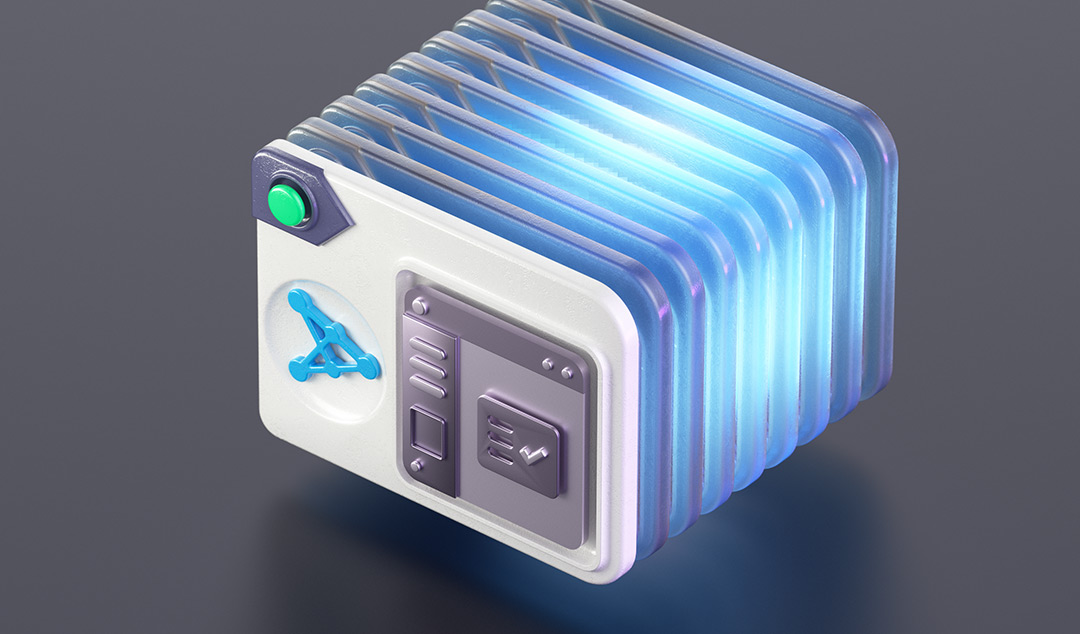Why AI Can't Meaningfully Speed Up Traditional Automation
Learn why AI can't meaningfully speed up traditional automation because the fundamental differences between hard-coded logic and data-driven adaptability make integrating the two approaches are both inefficient and incompatible.

As your business modernizes and upgrades its automation solutions, you're likely considering how to leverage existing technology to optimize processes, reduce errors, and improve efficiency.
Traditional automation solutions, which rely heavily on hard-coded selectors to locate elements on a webpage, have served their purpose over the years. However, the rise of AI-driven automation is challenging the status quo, and for good reason.
The two technologies are fundamentally different, and attempting to merge them is like trying to attach a car engine to a horse—while it might seem innovative, the mismatch in design and functionality means it simply won’t work as expected.
The Fundamental Differences Between Traditional Automation and AI-Driven Solutions
Traditional automation solutions are built on the premise of hard-coded logic. To locate and interact with elements on a webpage, these systems rely on selectors—single, manually entered data points that pinpoint specific elements based on attributes like ID, class, or tag. Traditional automation is designed to follow a set of pre-programmed instructions, using predefined rules and patterns to carry out tasks. It operates in a linear manner, with little flexibility or adaptability beyond its programmed capabilities.
This method is effective in static environments, but becomes brittle in dynamic contexts where web elements can change frequently. Even minor updates to a webpage can break the selectors, leading to time-consuming maintenance and unreliable automation.
On the other hand, AI-driven automation solutions, like Functionize’s agentic technology, operate on a completely different paradigm. Rather than depending on isolated data points, AI-based systems analyze entire webpages holistically. They process vast amounts of data, identifying patterns and making decisions based on the overall structure and behavior of a webpage.
AI-driven solutions adapt seamlessly to changes, which reduces the need for manual intervention and ensures that automation remains robust even in dynamic environments.
While traditional automation excels at performing repetitive tasks quickly and accurately, it struggles when faced with more complex scenarios or unstructured data. In contrast, AI-driven automation can handle unpredictable situations, all too common in today’s dynamic web environments, better—as it adapts and learns from new information without needing constant manual input.
Why AI Can't Improve Traditional Automation
Traditional automation solutions are not built to handle the complexity and adaptability that AI requires. They speak different "languages"—while traditional automation relies on specific, hard-coded instructions, AI thrives on data-driven insights and adaptability.
For example, traditional automation might be programmed to click a specific button on a webpage, but if that button is moved or renamed, the automation will fail. In contrast, AI-driven automation can analyze the entire structure and behavior of a webpage, allowing it to locate and interact with elements even if they have changed.
Data is structured and organized in the two approaches differently. Traditional automation relies on defined and pre-determined data points, whereas AI-driven solutions are designed to handle vast amounts of unstructured data and can continuously learn from new inputs. It's like that idea of attaching a car engine to a horse: integrating AI into a traditional automation framework would be like trying to teach a horse to understand the commands of a car engine. The two are inherently incompatible.
Traditional automation's reliance on single selectors is a key limitation. AI needs to analyze data across the entire webpage to make intelligent decisions, but traditional systems don't provide the necessary context or data for AI to function effectively. Moreover, AI's strength lies in its ability to learn and adapt over time, something that traditional automation, with its static and brittle nature, simply cannot support.
On top of that, AI-driven automation is constantly evolving and learning from new data, making it difficult for traditional automation solutions to keep up. This creates a gap in performance and reliability between the two approaches.
Given these fundamental differences, it's clear why AI can't meaningfully speed up traditional automation. In fact, trying to integrate AI into traditional automation can actually slow down the entire process and introduce errors. Many companies still rely on outdated and limited automation methods and are missing out on the potential benefits that AI-driven automation can bring.
The Agentic Advantage
This is why Functionize's agentic solution presents a game-changing opportunity for companies looking to innovate and streamline their automation processes. Our approach doesn’t just add AI as a layer on top of traditional automation—it rethinks automation from the ground up. By building AI into the core of our platform, we’ve created an agentic solution that is truly intelligent and adaptable.
This means that as your website or application evolves, so does our automation framework, making it a powerful tool for keeping up with changing user behavior and technology trends. And because AI can learn from new data, our solution becomes more accurate and efficient over time.
Functionize creates automation that is not only smarter but also more resilient. Our system doesn’t rely on fragile selectors; instead, it understands the structure and intent of web pages, which makes it capable of handling changes and complexities that traditional automation would stumble over.
With Functionize, businesses can finally break free from the limitations of traditional automation. Our AI-driven approach eliminates the need for constant maintenance and allows teams to focus on what truly matters—delivering value and driving innovation.
To sum up: Traditional automation has had its day, but the future belongs to AI-driven solutions.
The differences between the two are too significant to be bridged by simply adding AI to traditional systems.
Functionize’s agentic solution represents the next step in automation, because it offers a robust, adaptable, and intelligent approach that traditional methods simply can't match. It’s time to move beyond the past and embrace the future of automation.











